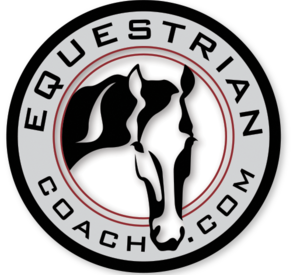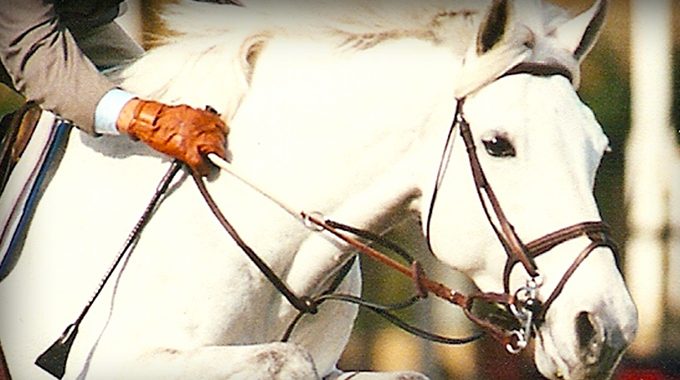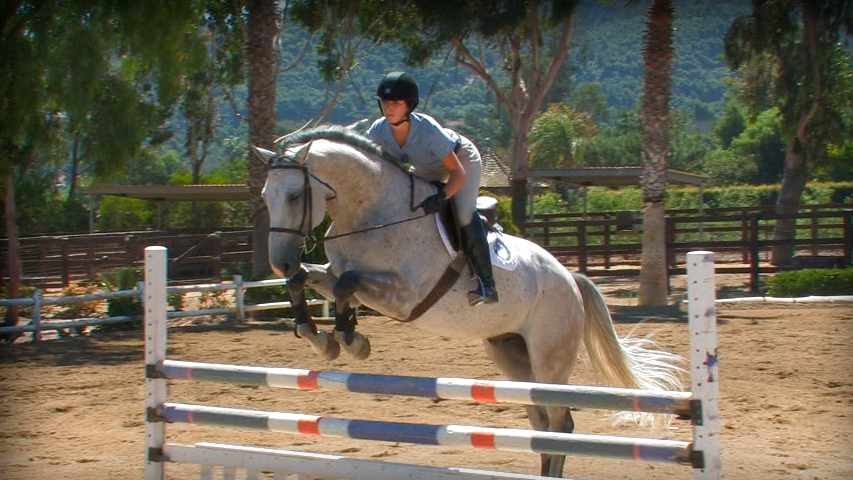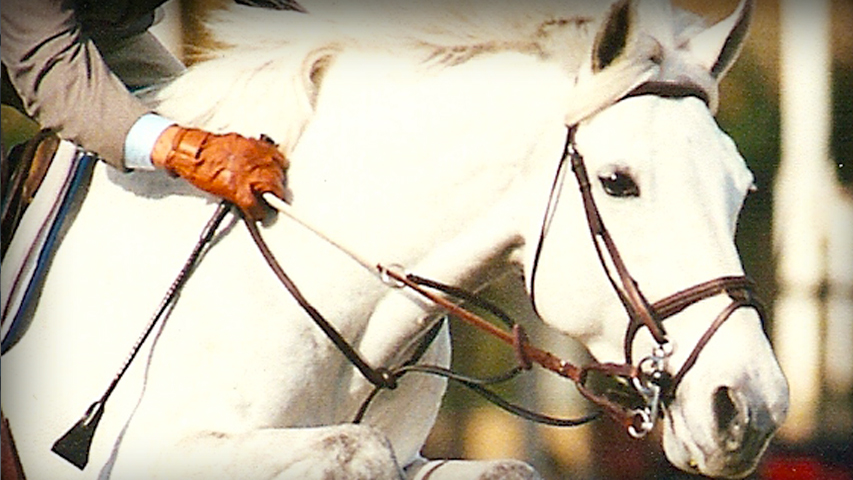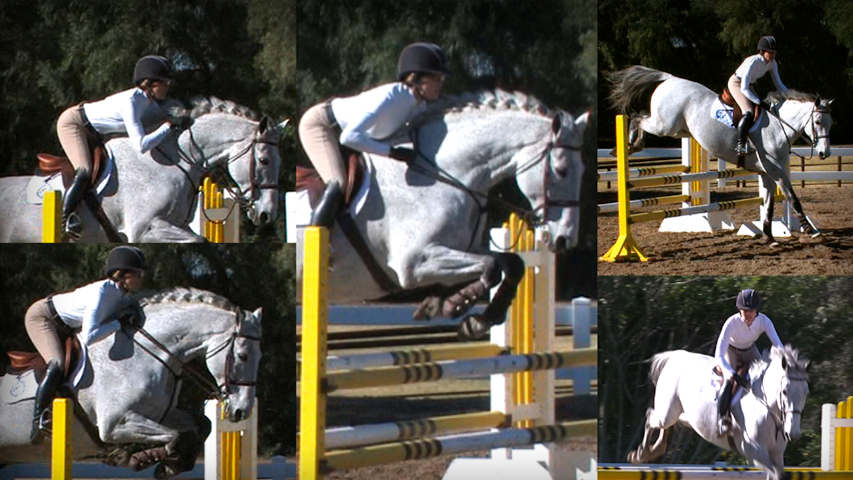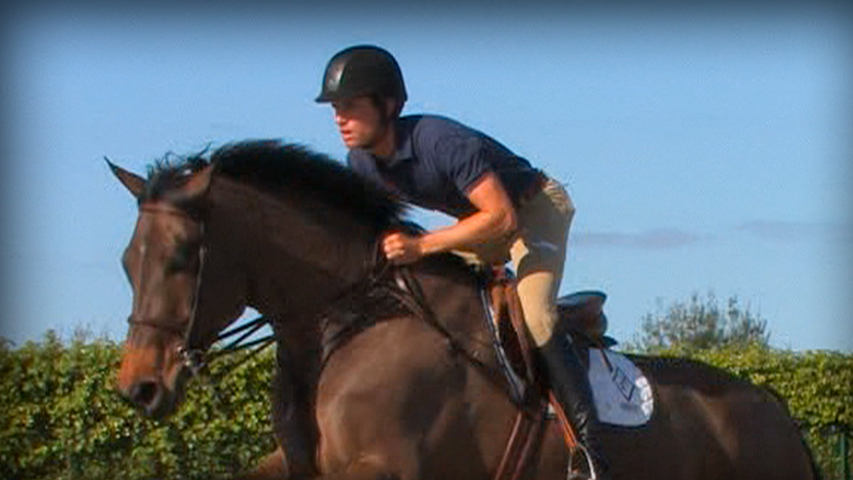Peter Wylde
- 09 Feb, 2016
- 0 Comments
- 3 Mins Read
What Release is Best for Equitation Medal Classes?
Submitted by member: Lynsey
I am starting to ride in advanced equitation classes (Medal, Maclay, etc.) and am a bit confused as to what release I am to use and what the judges want to see. I have used the short crest release for some time now, but I am hearing from some trainers in clinics, that as I graduate to the more advanced equitation classes, I should be thinking about maintaining soft contact with the mouth with a following arm/the automatic release. Can you enlighten me on this please?
Answer by Peter Wylde
If you watch the best riders in the world, the majority of them use all kinds of releases. This applies to all rings, whether it be hunter, jumper or equitation. At lower levels, using one release for every jump could be acceptable, but as you ride a more complex course, you need to be able to use many different releases. Guiding hands, restricting (but with feeling) release, and a following release. All of these apply. If you are jumping a triple bar into a long 6-stride line, you are going to use a much different release then if you are jumping a vertical into a line that you have to trot out. As you get more advanced in your riding, your hands and your release needs to be educated, and more important, have feeling. The release should never invert the horse. If your flat work is correct and your hands have sympathy, you can effect the arch of the jump without taking away the quality. Try different kinds, and get comfortable with a variety of releases. And good luck!!
More Learning
Click on the links below for more blog posts on similar issues:
- The Following Arm: Old Fashioned or a Lost Art? by Bernie Traurig
- Clarifying the Different Big Equitation Medal Classes by Julie Winkel
- How To Land On the Correct Lead by Bernie Traurig
- What is the Ideal Seat for Equitation Classes? by Julie Winkel and Geoff Teall
- Judges’ Pet Peeves: Hunter & Equitation by Julie Winkel
- Lengthen the Canter: What Seat Does a Judge Want to See a Rider in for an Equitation Class? by Julie Winkel
- Which Release is Best for Lower Level Hunter and Equitation Classes? by Geoff Teall
- Benefits of Equitation by Geoff Teall
- How To Mount Your Horse In An Equitation Medal Test by Julie Winkel
Video Recommendations:
Building Blocks to a Great Position: Part 4 Jumping Phase with Zazou Hoffman
Bernie Traurig
Bernie teams up with Maclay winner, Zazou Hoffman to illustrate his progressive system to develop a solid position for all jumping disciplines. This video outlines exercises that enhance proper techniques over fences, highlighting connection with your release over the jump.
Running Time: 17 minutes and 35 seconds
An Exercise To Perfect The Automatic Release
Bernie Traurig
A great way to get off the neck for balance and move from the crest release to connection with the mouth, or the “Automatic Release.”
Running Time: 12 minutes and 7 seconds
The Progression of Releases
Karen Healey
Karen Healey and her demonstration riders present the various releases used in the jumping disciplines. Karen shows us what releases are suitable at the different stages in a rider’s development, from a beginner “reach up and grab mane” release to the most advanced following hand or automatic release. She discusses the advantages certain releases have and some common faults rider’s can make when incorrectly used.
Running Time: 22 minutes and 55 seconds
Release and Connection
Missy Clark
Missy Clark discusses the importance of the rider’s connection to the horse’s mouth, particularly the rider’s release over the jump. Grand Prix rider, Darragh Kenny, beautifully demonstrates independence of hand and seat while performing advanced releases.
Running Time: 6 minutes and 20 seconds
Have Something You Want to Ask Our Panel of Experts?
Ask The Experts is the ultimate way to get help from the top professionals in the equestrian industry without leaving the comfort of your home. This service is available to Monthly, Annual and Lifetime Members of EquestrianCoach.com.
